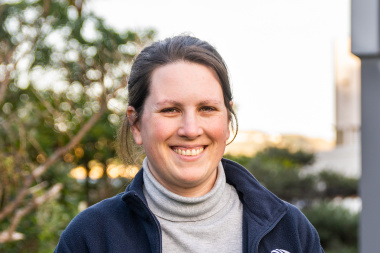Agriculture
Latest news
Latest videos
This new 3-hectare wetland has been constructed from scratch on a former dairy property near Maketu.
Using algae for nutrient pollution mitigation
NIWA is working with farming enterprises on a novel pollution mitigation technology to remove nutrients from agricultural runoff.
The principles of effective riparian buffer design
Nutrients, sediment, and microbial contaminants are mobilized from urban and agricultural landscapes and enter streams, rivers, lakes and estuaries.
Better outcomes for downstream water quality
The finishing touches have just been made on a NIWA-led project which aims to prove the performance of constructed wetlands on New Zealand farms.
Secrets brought to light
Buried treasure isn’t always gold or silver. NIWA scientists Brandon Goeller and John-Mark Woolley are trialling a range of cutting-edge technologies to uncover hidden contaminant flow paths under agricultural land.
Environmental report calls attention to the need for more research on water quality
The quality of New Zealand’s waterways features prominently in a newly released report on the state of our environment - an opinion editorial by NIWA Chief Scientist of Freshwater and Estuaries, Scott Larned.
Community project inspires scientists
A project to restore a stream catchment in Kaikōura—damaged in the 2016 earthquake—is being described as inspirational by NIWA scientists.
Irrigation Insight
The Irrigation Insight programme is focussed on developing knowledge, tools and the confidence of dairy farmers in better managing irrigation, precisely applying the water needed—where, when and how much.
Our land and water and NIWA's role
Our Land and Water is the science challenge that addresses conflicts and tradeoffs between the needs for agricultural productivity and environmental health and protection. NIWA plays a big role in Our Land and Water, particularly in biophysical science and tool development.




















